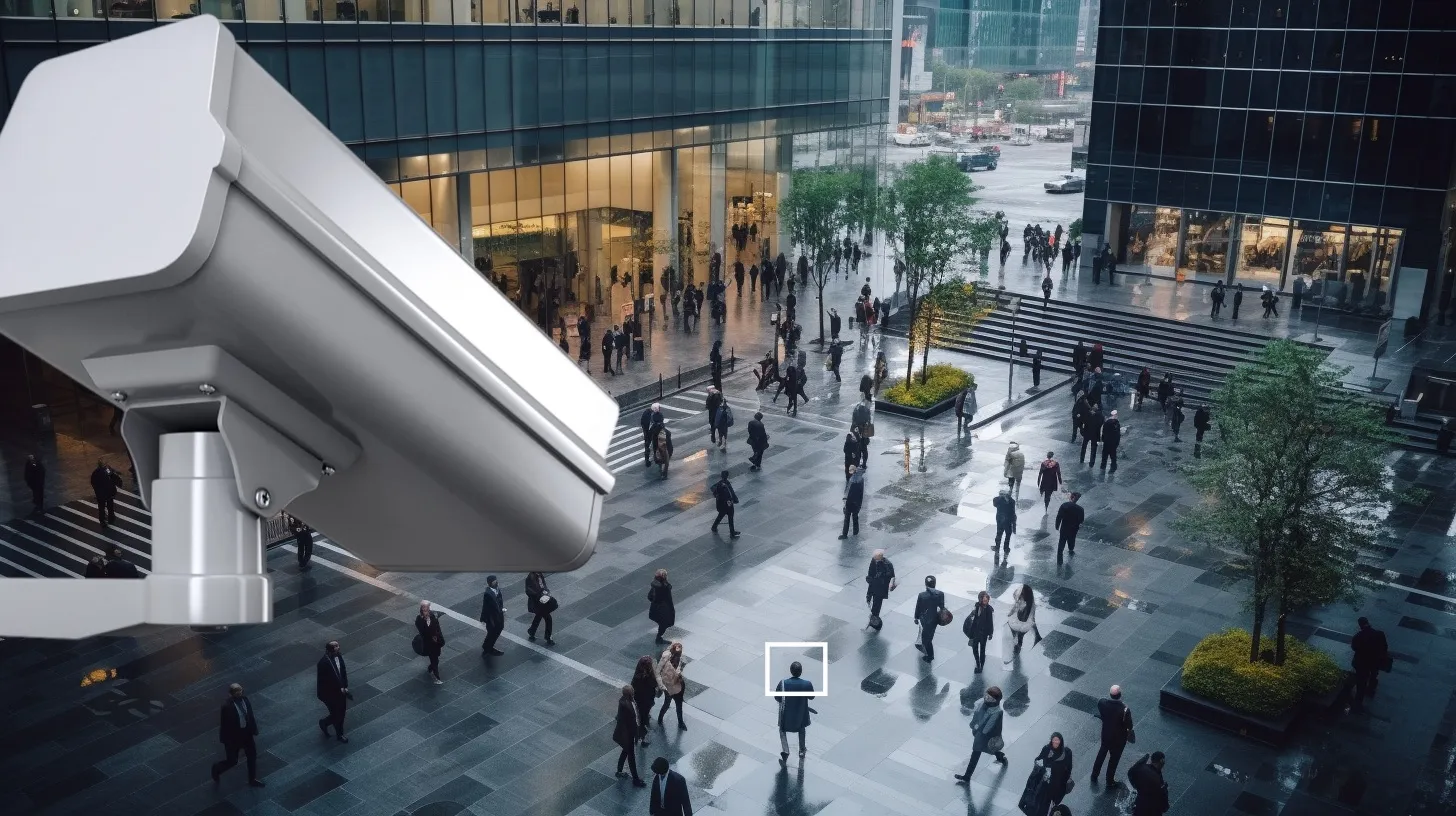AI in Law Enforcement: Navigating the Tightrope of Safety and Privacy

In the bustling streets of New York, David Zayas, a notorious drug trafficker, believed he was inconspicuous. Yet, an AI-powered facial recognition system identified him, leading to his apprehension. This incident, emblematic of AI’s potential in policing, also unravels a complex web of concerns surrounding privacy, ethics, and the inherent risks of machine reliance.
The Dawn of AI-Driven Policing
The digital age has ushered in a new era of policing. Law enforcement agencies globally are rapidly integrating AI tools into their arsenal. These tools range from analyzing vast datasets in order to predict potential crime hotspots, to real-time facial recognition and even predictive policing. According to a report by Capgemini, over 40% of law enforcement agencies have already implemented AI, with a majority reporting enhanced operational efficiency.
The allure is evident. AI systems can process and analyze vast amounts of data at speeds incomprehensible to humans. In cities like Los Angeles and Chicago, AI-driven predictive policing has reportedly led to significant reductions in crime rates. These systems analyze patterns and predict potential future crimes, allowing law enforcement to proactively address threats.
The Delicate Balance: Safety vs. Personal Freedom
The case of Zayas underscores the potential of AI in ensuring public safety. However, the omnipresence of AI-driven surveillance means that every individual, innocent or not, is under potential scrutiny. In democratic societies, where personal freedom and privacy are paramount, this poses a significant dilemma: How much surveillance is too much?
A 2021 survey conducted by the Pew Research Center found that 56% of Americans trust law enforcement agencies to use facial recognition responsibly. Yet, 59% expressed concerns about its use by technology companies. This dichotomy underscores the public’s nuanced view on surveillance – trust in law enforcement but skepticism towards potential commercial misuse.
The Accuracy Conundrum
While the promise of AI in law enforcement is immense, its implementation is not without challenges. A primary concern is the accuracy of these systems. The National Institute of Standards and Technology (NIST) found that while facial recognition systems have an accuracy rate of over 90%, significant error rates persist, especially when identifying minorities. Such inaccuracies can lead to unwarranted consequences for innocent individuals.
In San Francisco, a wrongful arrest was made based on a facial recognition match, which later turned out to be inaccurate. Such incidents highlight the potential dangers of over-reliance on technology, especially when human lives and liberties are at stake.
Beyond Accuracy: The Ethical Implications
While ensuring accuracy is paramount, the ethical implications of AI in policing are even more profound. Machines, despite their computational prowess, can err. In the realm of law enforcement, the consequences of these errors can be dire.
Amazon’s facial recognition tool, in a test by the ACLU, incorrectly matched 28 members of Congress with mugshots of criminals. Such false positives can lead to unwarranted arrests, eroding public trust in law enforcement. Conversely, false negatives, where genuine threats go undetected, can compromise public safety.
Ethics in AI: A Global Perspective
Recognizing these challenges, global organizations, including INTERPOL and UNICRI, have released comprehensive guidelines to ensure the responsible and ethical use of AI in policing. These guidelines emphasize human rights, transparency, fairness, and accountability.
In Europe, the European Union has proposed regulations that would impose strict standards on high-risk AI applications, including those used in law enforcement. Such regulations aim to ensure that AI systems respect fundamental rights and operate transparently.
The Road Ahead: Harnessing AI Responsibly
As we venture further into the AI-driven future of law enforcement, it’s crucial to ensure that the technology we employ aligns with societal values. The potential of AI in transforming policing is undeniable, but it must be harnessed responsibly.
Continuous oversight, rigorous testing, and a commitment to ethics are essential. Collaboration between technologists, policymakers, and law enforcement officials will be pivotal in shaping a future where AI not only enhances public safety but also respects the very essence of democratic values.